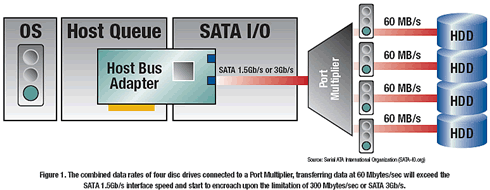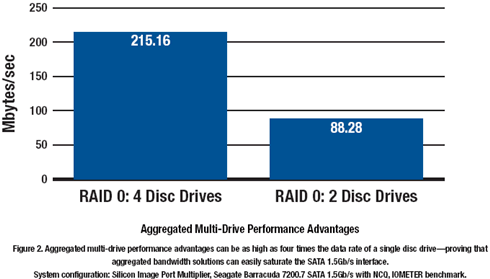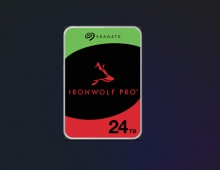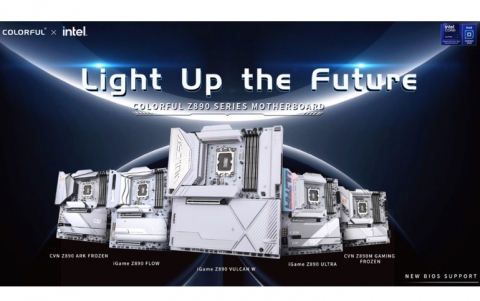SATA 3Gb/s, the Next Generation of Serial ATA Speed
2. Page 2

Individual disc drives, however, rarely take advantage of 3-Gbits/sec bandwidth. The reason? An ATA drive’s internal data transfer speed tops out at about 60 Mbytes/sec—the maximum rate that the data head can sustain reads or writes to the disc media. The disc data rate depends on the number of bits packed onto a square inch, usually called areal density. Areal density is a combination of the number of bits on a track and the number of tracks within a square inch. The greater the areal density, and more specifically bits per track, the higher the data-rate performance. To achieve higher data rates, drive manufacturers must add more bits into a square inch on the media.
The drive internal data rate results from the number of bits that can be transferred between the drive media and the drive head in a given period of time. The storage industry has done a fantastic job of ensuring the disc interface rate (formerly Parallel ATA, now Serial ATA) does not bottleneck the disc data rate. No matter how fast the interface, the drive can transfer only as much data as the drive can retrieve from the media—its sustained data rate. This means a single drive with a 1.5-Gbits/sec interface connected to a 3-Gbits/sec host interface delivers the same internal drive data rate as an otherwise identical drive with a SATA 3Gb/s interface, since the drive’s internal data rate, not the interface, is the gating factor in performance.
The SATA 3Gb/s (300-Mbytes/sec) host interface provides bandwidth for RAID 0, four-drive performance and more. The test results below are achieved by using a Silicon Image 3-Gbits/sec Port Multiplier and two to four Seagate® Barracuda® 7200.8 SATA 1.5Gb/s, 400-Gbyte disc drives. Just four SATA 1.5Gb/s drives saturate a 1.5-Gbits/sec interface and start to encroach upon the SATA 3Gb/s interface limitations.

This article is by Seagate and you can find it here.





















